
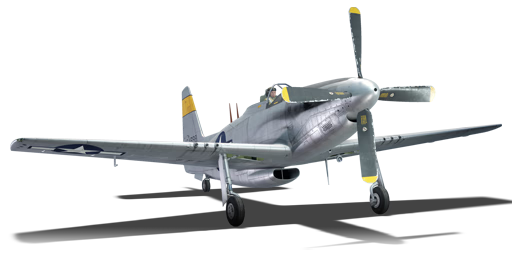


The P-51H can rightly be considered the apex of the P-51 Mustang. The P-51H was an evolution from the lightweight Mustang experiments conducted in 1944. The biggest addition to the P-51H was the Packard Merlin V-1659-9. It featured an automatic boost control system and water injection. With water injection enabled, the V-1659 could produce a whopping 2,000+ hp although only for short bursts. The P-51H also featured extensive airframe modifications like a shorter carburettor air intake and longer fuselage. In preparation for the upcoming invasion of Japan, around 2,000 P-51Hs were ordered. However, the war was nearing its end and many orders were canceled. The P-51H would never see combat in either the Pacific or European theatres.
Introduced in Update 1.71 "New E.R.A.", the P-51H-5-NA is an extremely dangerous aircraft. The combination of the powerful Merlin engine and lightweight airframe makes the P-51H a capable dogfighter. It also excels in boom and zoom tactics against enemy planes thanks to the various airframe improvements. Much like the other Mustang variants, the P-51H comes equipped with six M2 Browning machine guns and various loadouts of bombs and rockets. Players will be greatly satisfied with the P-51H's capability against enemy aircraft and ability to attack ground targets.
flaps
flaps
flaps
brake
| Belt | Belt filling | Armor penetration (mm) at a distance: | |||||
|---|---|---|---|---|---|---|---|
| 10 m | 100 m | 500 m | 1000 m | 1500 m | 2000 m | ||
| API-T/AP/AP/I | 30 | 27 | 20 | 13 | 9 | 6 | |
| AP-I/AP-I/API-T/I/I | 28 | 26 | 18 | 11 | 7 | 4 | |
| API-T/I/AP/AP/AP-I/AP-I | 30 | 27 | 20 | 13 | 9 | 6 | |
| API-T | 28 | 26 | 18 | 11 | 7 | 4 | |
| AP-I/I/AP-I/I | 28 | 26 | 18 | 11 | 7 | 4 | |
| Name | Weight | Slot | ||||||||||
|---|---|---|---|---|---|---|---|---|---|---|---|---|
| 62.8 kg | 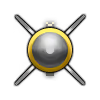 |  |  |  |  |  |  |  |  |  | ||
| 3 × | 51.8 kg | 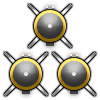 |  | |||||||||
| 49.9 kg |  |  | ||||||||||
| 117.9 kg |  |  | ||||||||||
| 242.6 kg |  |  | ||||||||||
| 500.8 kg | 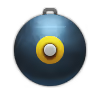 |  | ||||||||||
| 416.4 kg | 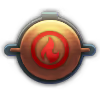 |  | ||||||||||












Flight performance | |
|---|---|
Survivability |
|---|
Weaponry | ||
|---|---|---|